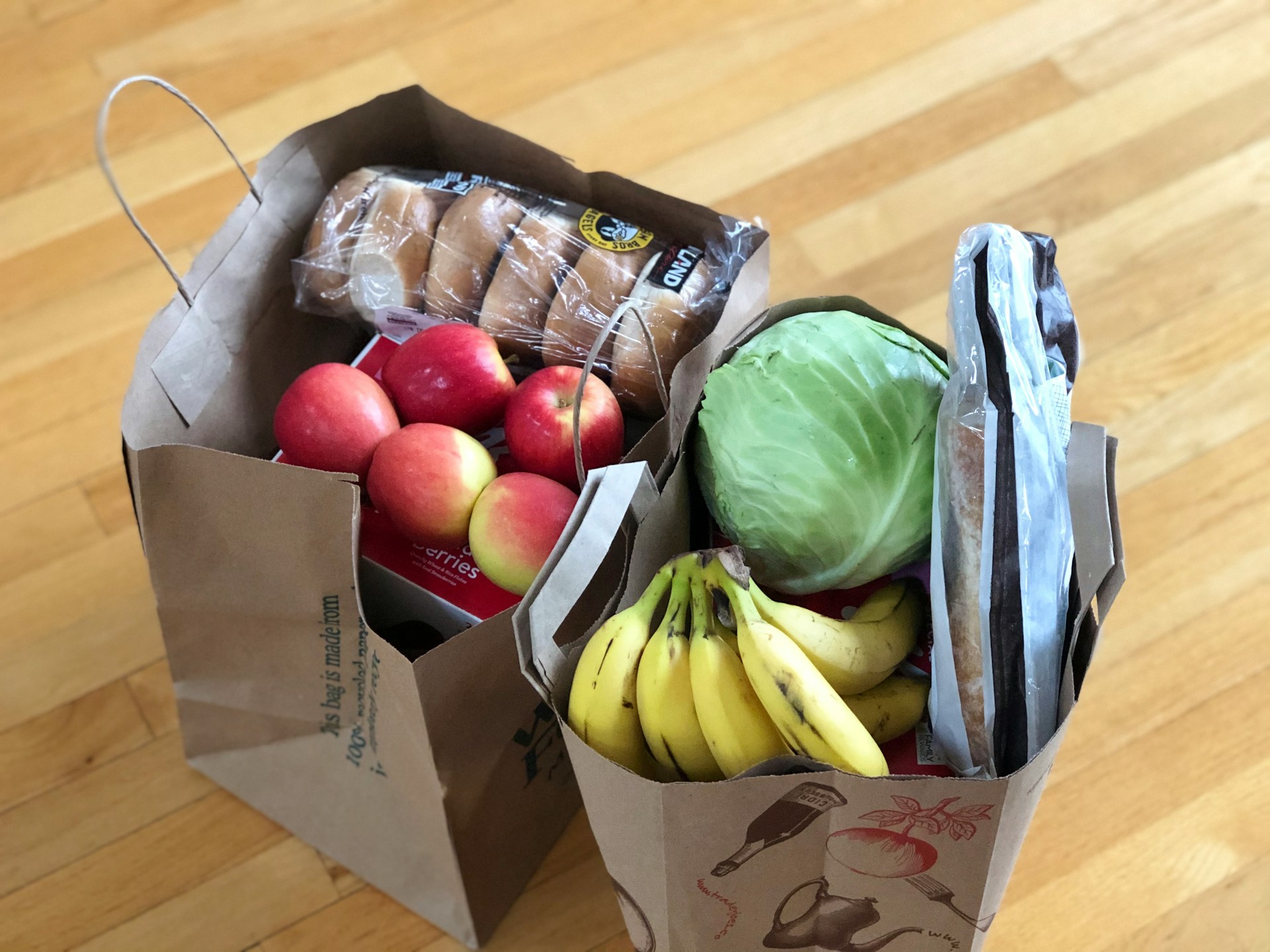U.S. News
15 Foods That May Get More Expensive Under Trump’s Tariffs
By Jake Beardslee · August 28, 2025

15 Foods That May Get More Expensive Under Trump’s Tariffs
American households could soon see even more sticker shock in the grocery aisles as the ripple effects of President Donald Trump’s sweeping tariffs spread across global markets.The tariffs, which took effect August 1, slap steep new duties on imports: 50% on products from Brazil and India, 30% on goods from Mexico and China, and 15% on those from the European Union. While the full impact has yet to filter down, economists say the cost of everyday foods will climb steadily as distributors exhaust existing stock and reorder under the new rules.
The Labor Department’s data already showed food prices edging higher before the tariffs, and now the pressure is expected to intensify.
Here are 15 everyday staples most likely to see higher price tags in the months ahead The White House / Wikimedia

Pasta
Italian pasta is burdened by tariffs of around 20%, making it more expensive for U.S. buyers to import. This could drive up prices for both dried and specialty pasta varieties sold in stores. Retailers may look to promote domestic alternatives, but consumer favorites could still cost more. Bozhin Karaivanov / Unsplash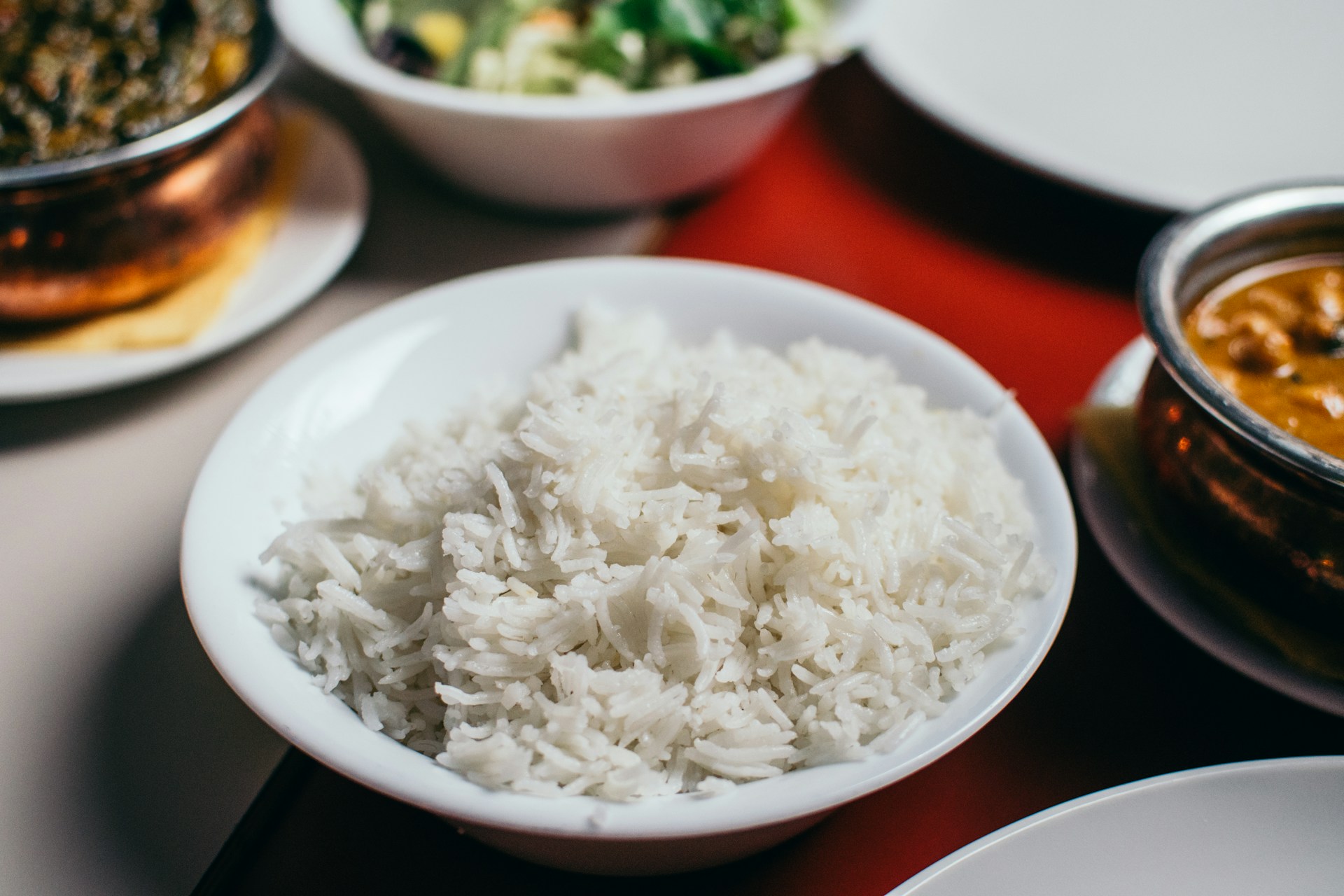
Rice
Tariffs on rice from key Asian suppliers—India, Pakistan, Thailand, and Vietnam—range from 26% to 46%. These high duties threaten to raise costs for jasmine, basmati, and other imported rice staples. As a result, U.S. households may find rice-based products, from sushi to risotto, more costly. Pille R. Priske / Unsplash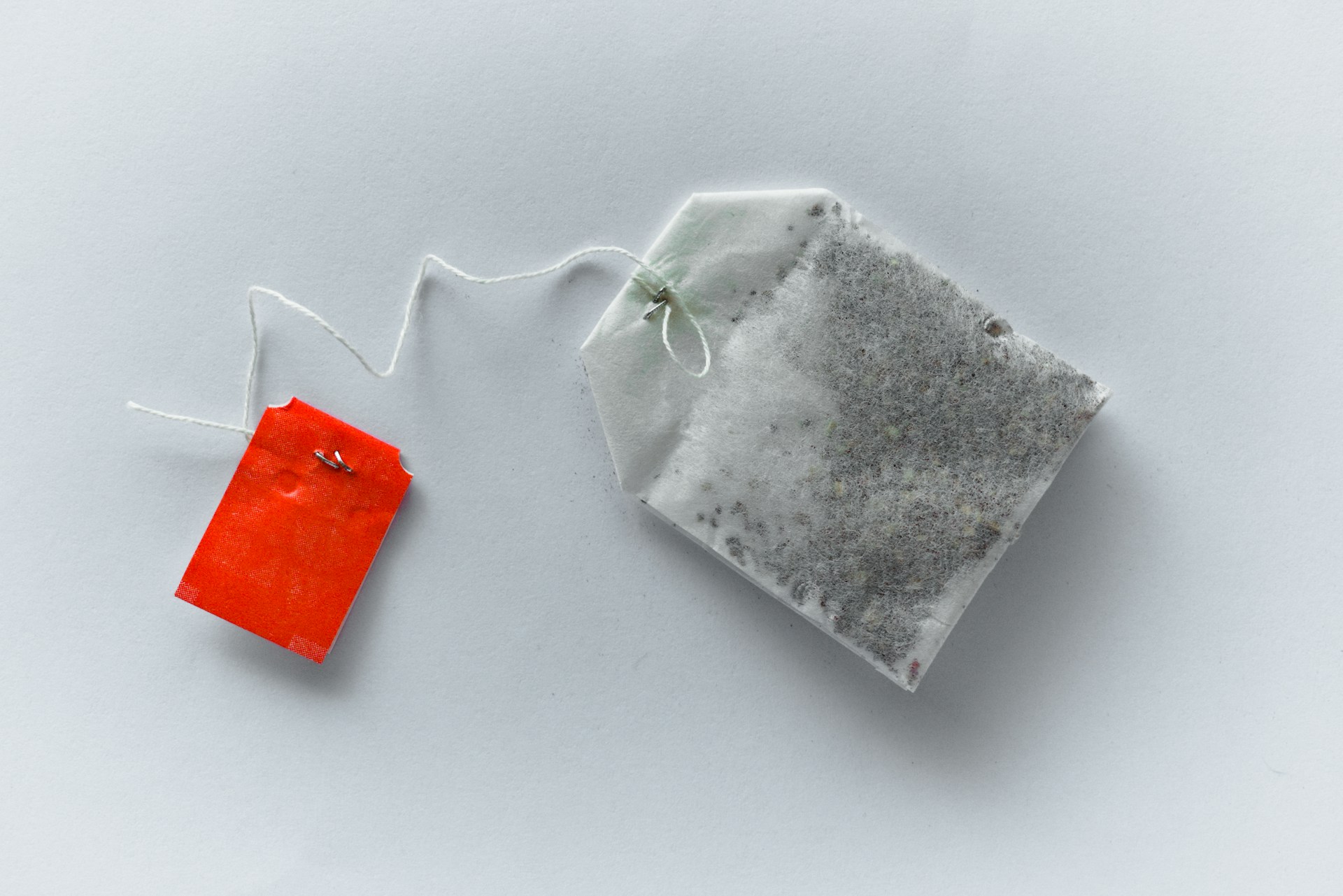
Tea
Tea imports primarily from China are facing tariffs around 34%, pushing up prices on everything from iced tea staples to premium green and black teas. The added cost may be passed on to retail consumers or at cafés. Over time, preference for domestic blends or substitutions could grow. Lynda Sanchez / Unsplash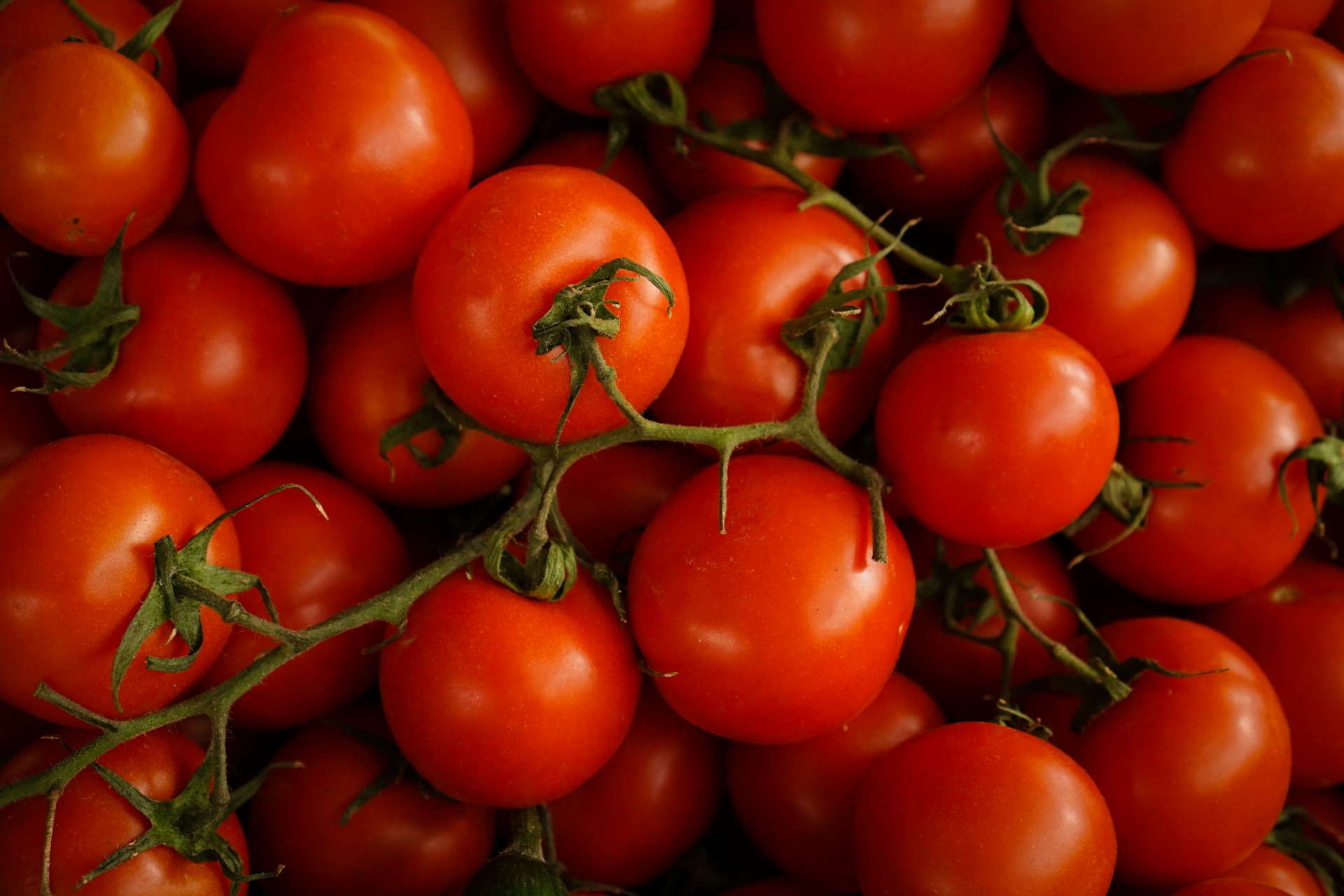
Tomatoes
A newly imposed 17% tariff on Mexican tomatoes (the majority of U.S. imports) is expected to lift consumer prices by 7%–11%, with certain varieties like cherry tomatoes surging as much as 40%. That increase affects fresh produce as well as tomato-based products like sauces and salsas. Grocery bills and restaurant menu prices are likely to reflect the change. Tom Hermans / Unsplash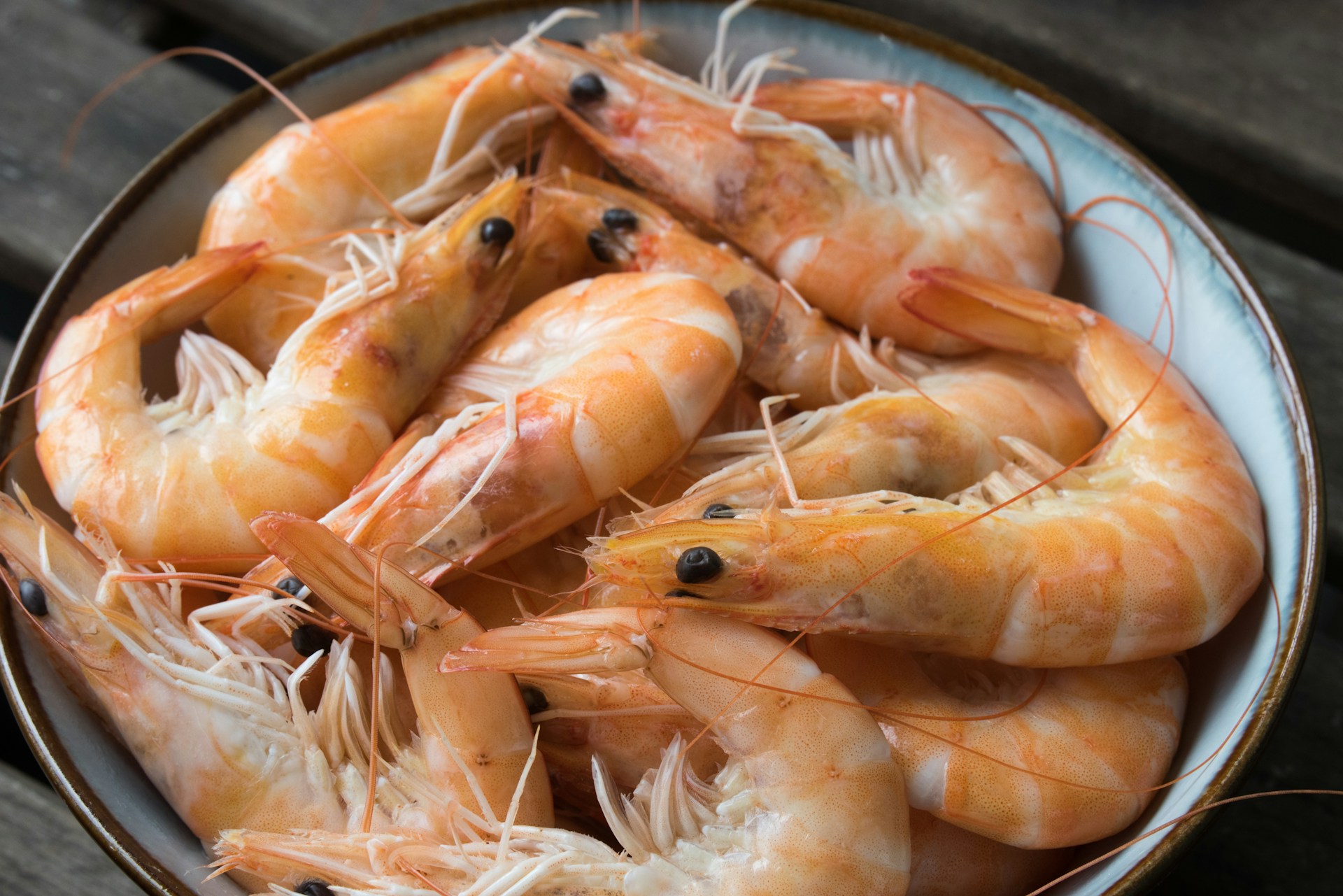
Seafood (Shrimp, Fish)
About 85% of U.S. seafood—including shrimp and fish—is imported, much of it from countries like India, subject to steep tariffs. Trade groups are warning these tariffs will drive up prices significantly for consumers and restaurants. Industry lobbying for exemptions reflects the critical supply vulnerability. Daniel Klein / Unsplash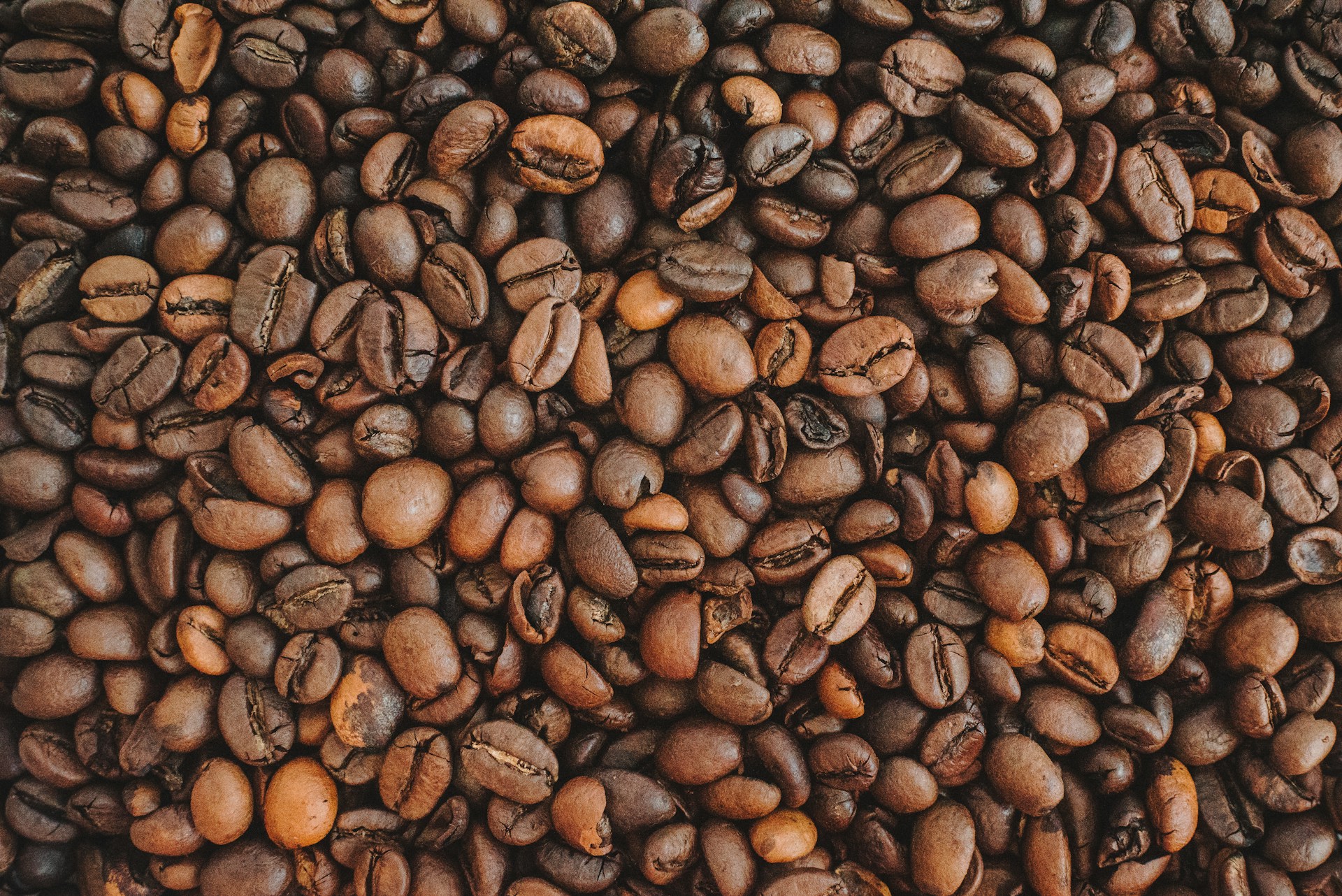
Coffee
The 50% tariff on Brazilian coffee has triggered a 30% surge in arabica futures, pushing global prices from $2.80 to $3.74 per pound. Coffee roasters are scrambling to find other sources like Central America or Colombia—but costs remain elevated. This makes everyday coffee more expensive soon, especially once current stock runs out. Anastasiia Chepinska / Unsplash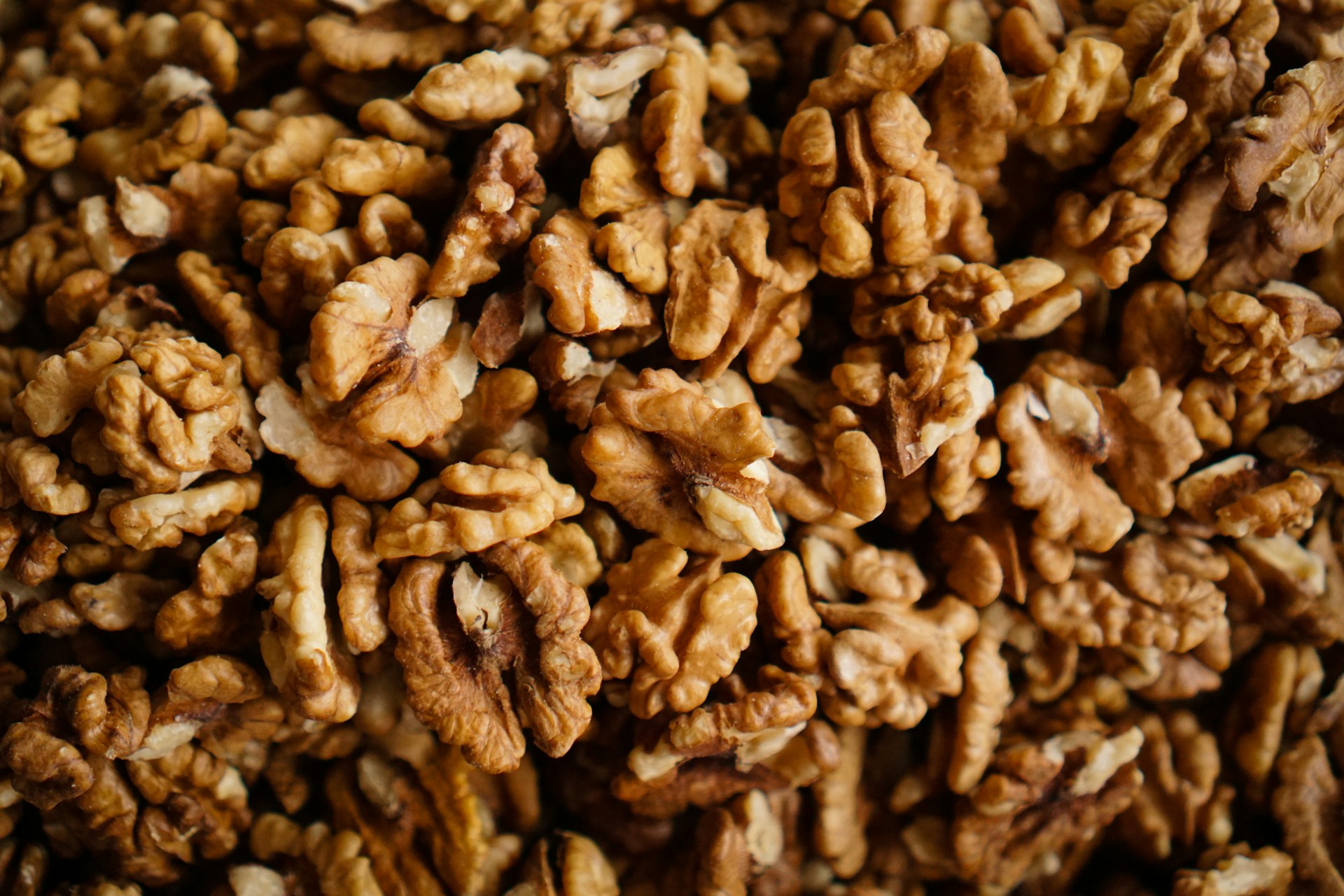
Nuts
Despite some exemptions (e.g., Brazil nuts), most nuts remain exposed to tariffs. Consumers may notice price hikes on cashews, pistachios, and blends commonly used in snacks and baking. Alternative sources or reformulated products may become more common as manufacturers adjust. Tom Hermans / Unsplash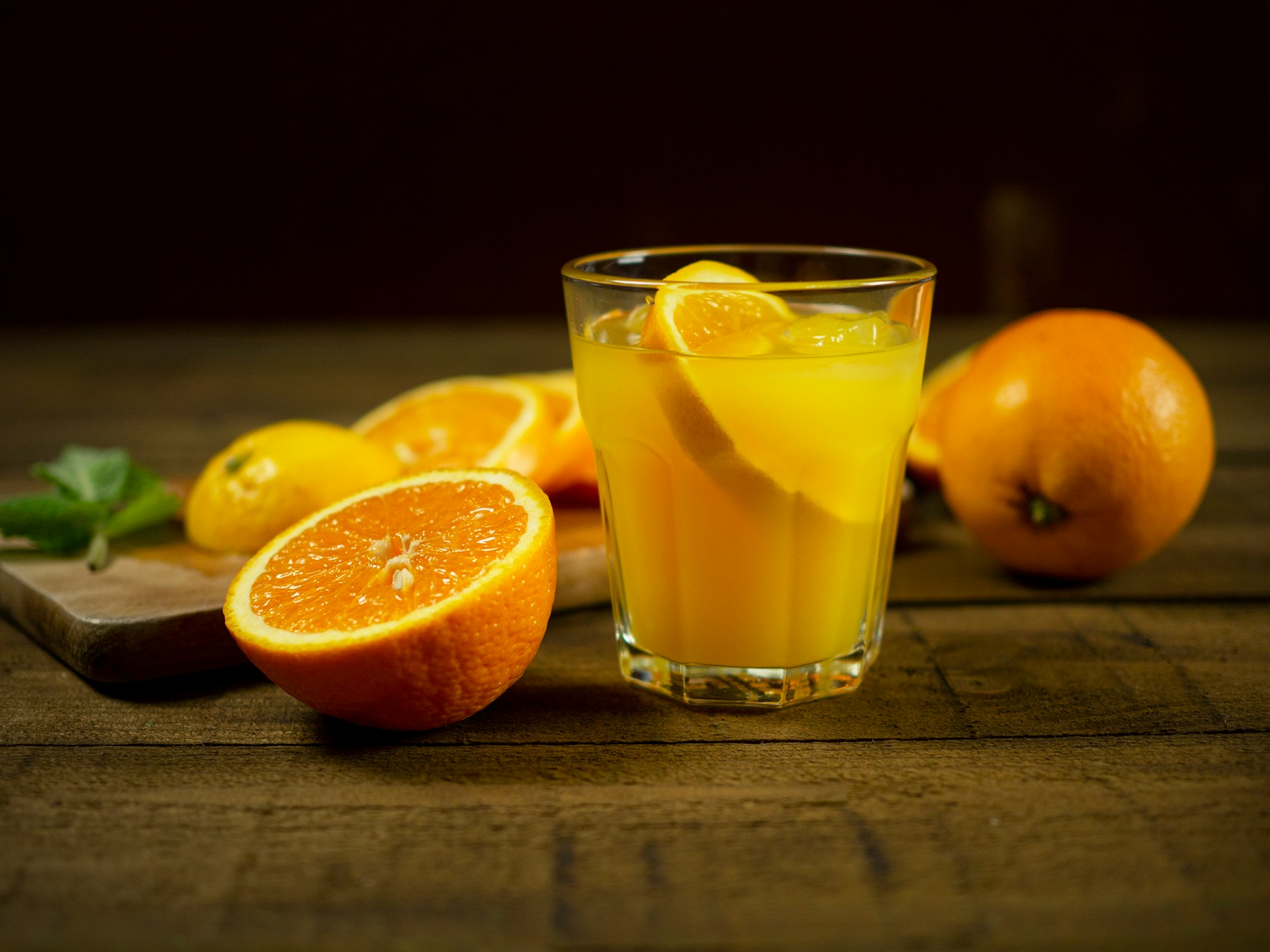
Orange Juice
Though some exclusions have been granted, the orange juice market remains fragile given its reliance on Brazil—now under additional tariffs. Any changes in carve-outs or trade terms could drive up prices for cartons at breakfast tables nationwide. Mateusz Feliksik / Unsplash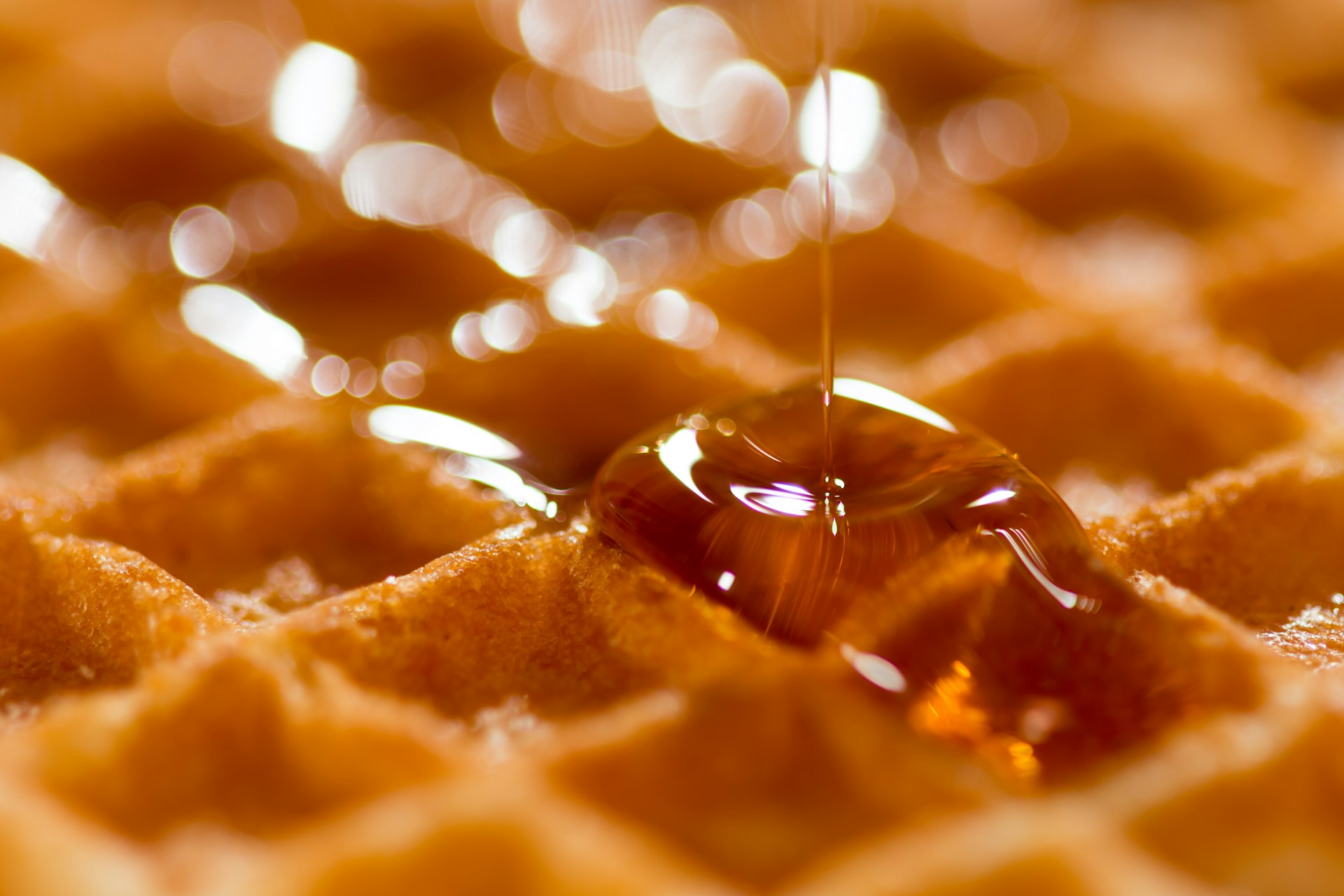
Maple Syrup
Heavily imported from Canada, any increase in tariffs—even indirect or retaliatory—could impact the price of maple syrup. Consumers stocking up before hikes may already be responding, anticipating higher prices Nabil Boukala / Unsplash
Sparkling Wine (Champagne, Prosecco)
Sparkling wines like Champagne and Prosecco are subject to 20% tariffs. This is expected to hit holiday and celebratory markets hardest, as price increases are passed directly to sectors where demand is sensitive. Aleisha Kalina / Unsplash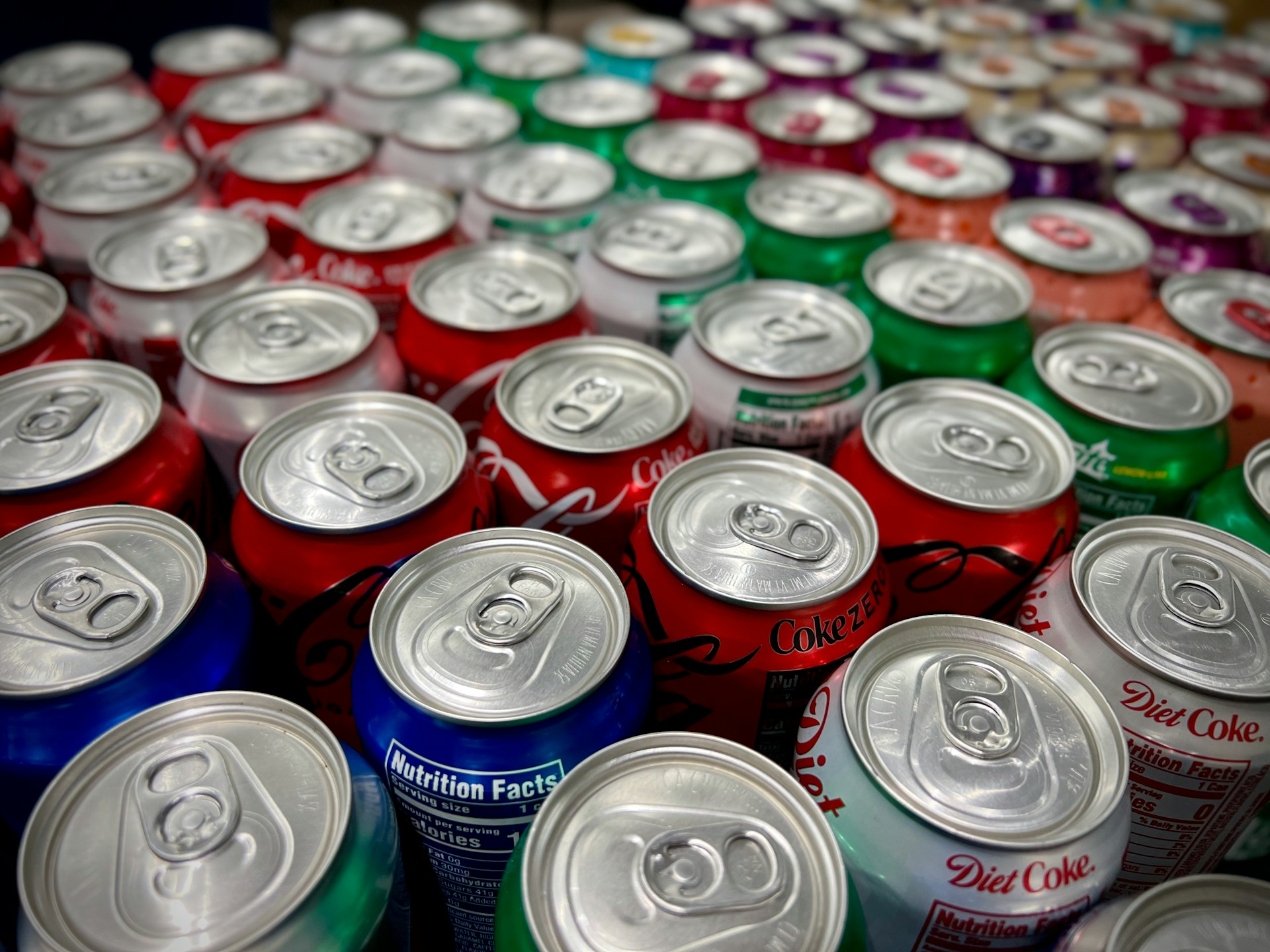
Aluminum-Packaged Beverages (Sodas, Seltzers)
Tariffs on aluminum affect everything packaged in cans—not just beer but also sodas, sparkling water, and energy drinks. Rising costs of packaging materials are likely to trickle down to consumers across beverage types. Charlie Wollborg / Unsplash
Chocolate
The EU imposes up to 20% tariffs on chocolate, plus an additional 10–21% on cocoa imports from countries like Côte d’Ivoire and Ecuador. As cocoa prices climb due to climate stress and demand, consumers are facing multiple layers of cost pressure. Tamas Pap / Unsplash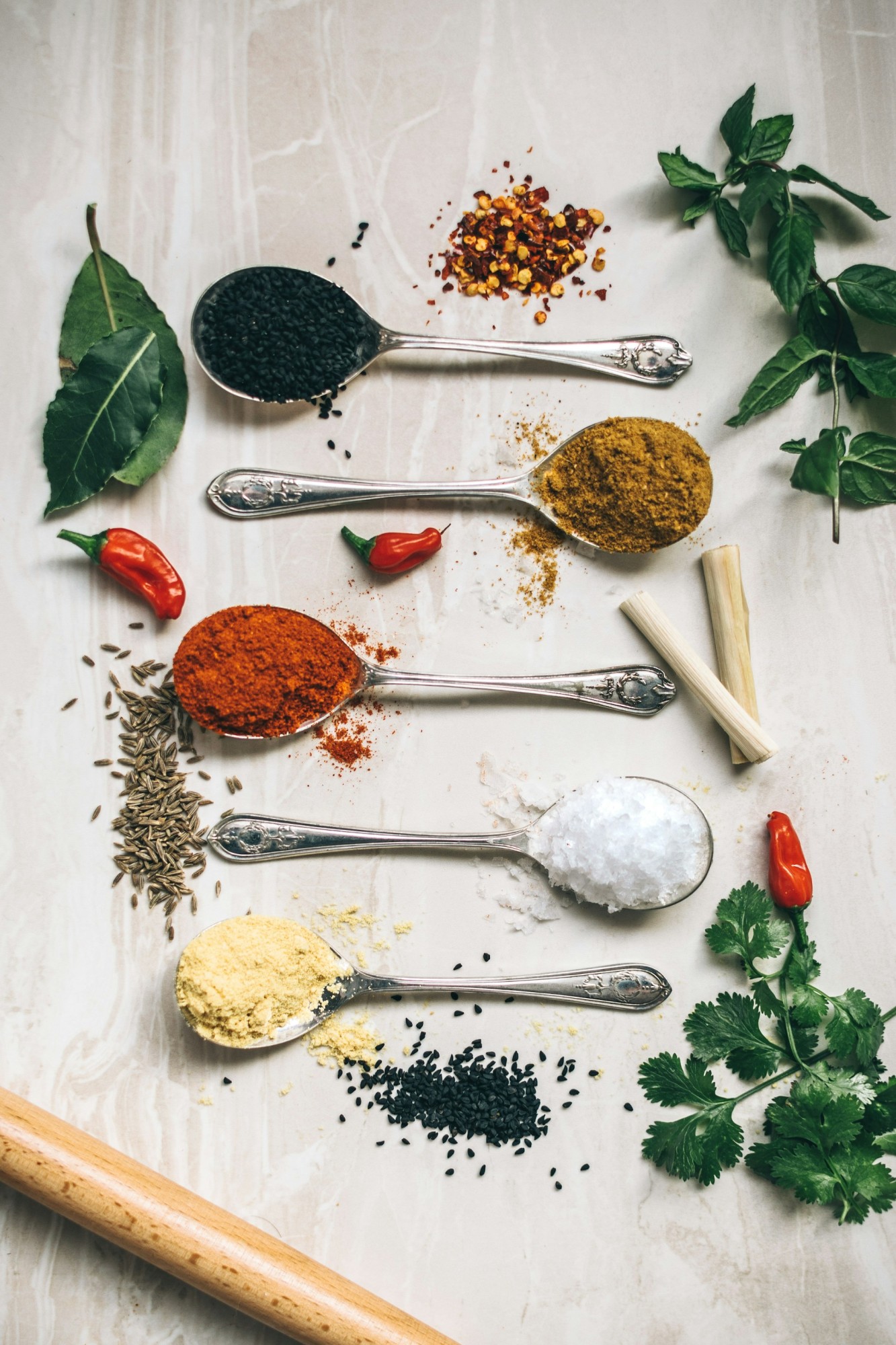
Spices
While not food per se, imported spices like vanilla, cinnamon, and pepper face tariff pressures as they are sourced from abroad. These cost increases often ripple into baked goods, condiments, and packaged foods. Calum Lewis / Unsplash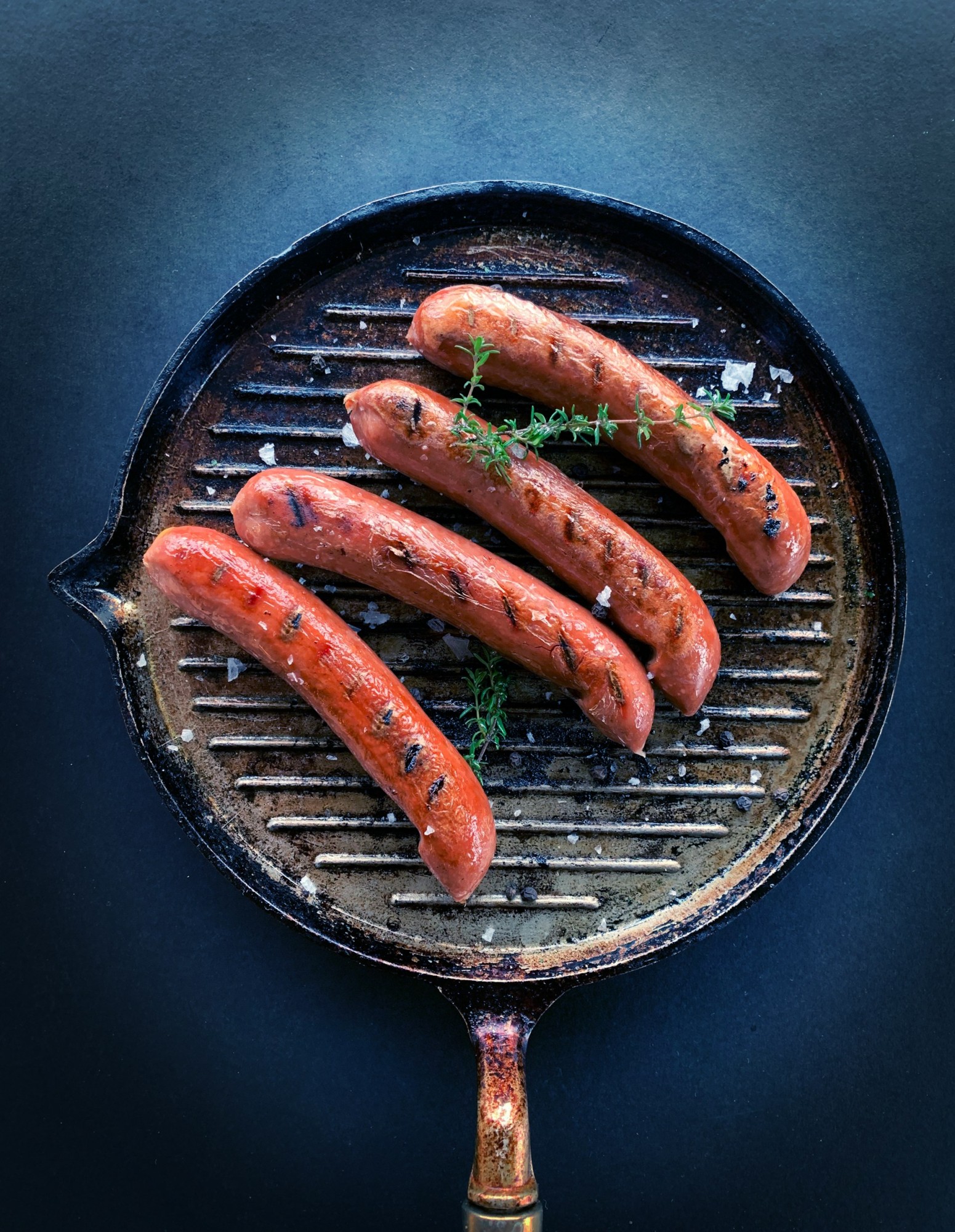
Prepared Meats (Sausages, Shrimp Pastes)
Products like imported sausages, shrimp pastes, and other marine-based prepared meats are subject to tariffs, making ethnic and gourmet offerings more expensive. Restaurants and specialty grocers may adjust menus or shelf prices in response. LikeMeat / Unsplash
Ice Cream & Dairy Substitutes
Products like imported ice cream mixes or dairy substitutes containing nuts or exotic oils may be hit by both dairy and nut/oil tariffs. This could raise prices for premium frozen treats and vegan alternatives alike. Courtney Cook / Unsplash